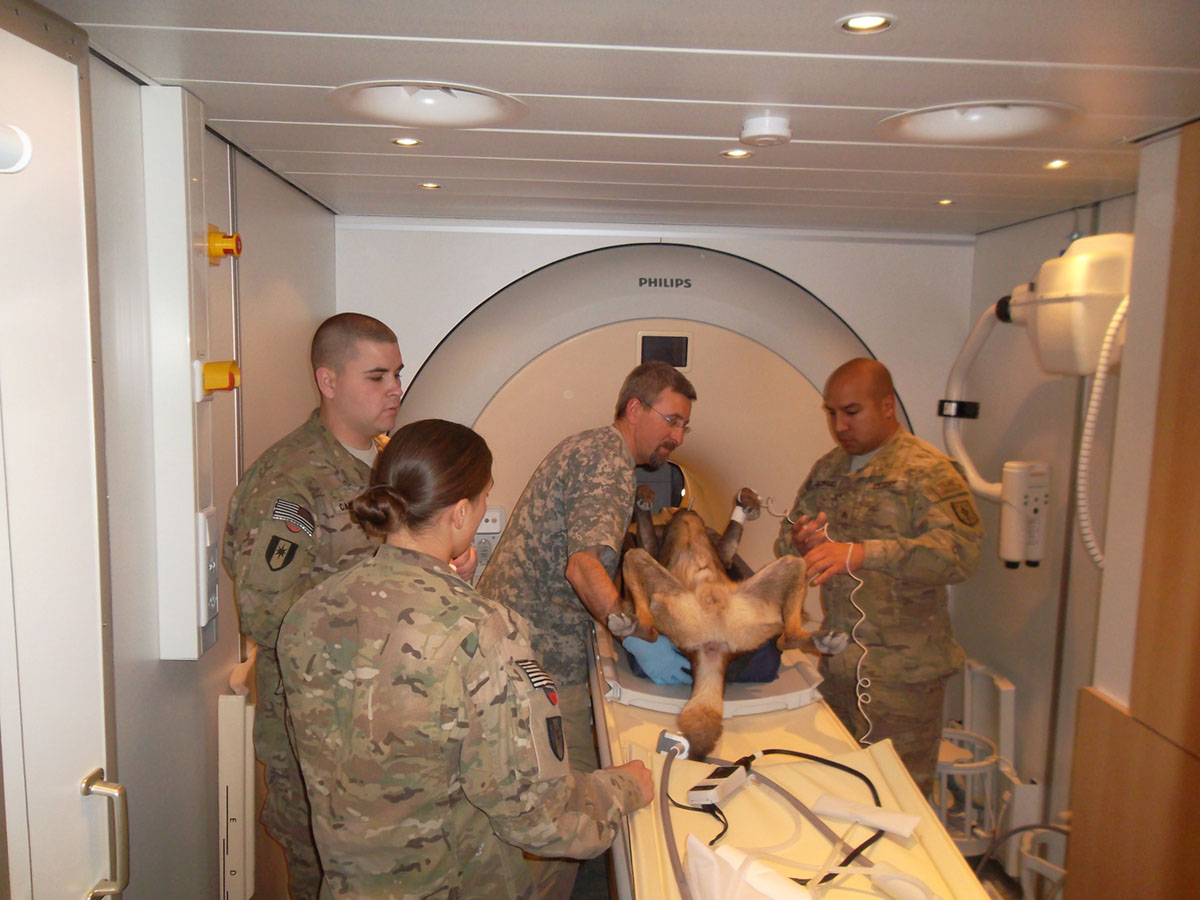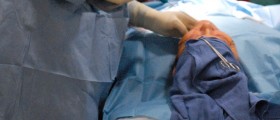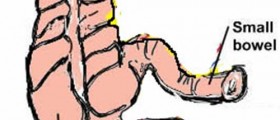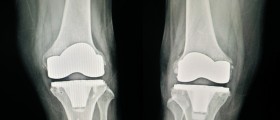
This surgery can be done in two ways. First is the disectomy, the second is called open disectomy, and creates a tiny incision through which the fragment is removed. This open disectomy is also called traditional disectomy. The disectomy has to be performed while lying on the belly and under the general anesthesia. When a patient is ready, the 3 cm long incision is made at the center of the back. Next part of the surgery is called laminotomy and consists of removing the certain quantity of ligament and bone from the spine. This is done in order to prevent nerve damage during the operation. Now a doctor can easily see the fragment in question and remove it. At the end, the incision is closed and this whole surgery is completed in about an hour. The recovery usually depends on the conditions displayed after the surgery.
In some cases, problems disappear right after the surgery while others need several weeks. Patients are discharged the following day and advised to start right away with some activities like walking and sitting. However, harder and more strenuous activities have to be avoided. Just like any other surgery, some complications may arise after this one. The most common problem is the recurrent disk herniation. This is the name for the condition causing herniation of a different part of the disk. Every tenth patient develops this condition. Other possible troubles after the surgery are infection, bleeding and leaks of spinal fluid. But for almost 90% of the patients, disectomy produces some relief. This relief depends on the severity of the condition before the surgery.
A new method for the removal of disk fragments, which is called endoscopic microdiscectomy, uses a camera. The camera will help to remove all the troubling fragments. The doctor sees through the camera, since the incision made is very small. By the use of camera, local anesthesia is used and much less tissue is removed. This operation is much more comfortable than the one previously mentioned, but it cannot be used in all cases. The doctor will have to diagnose the problem and perform the appropriate surgery. If the doctor recommends an open disectomy, the endoscopic microdiscectomy is out of the question.

















Your thoughts on this
Loading...